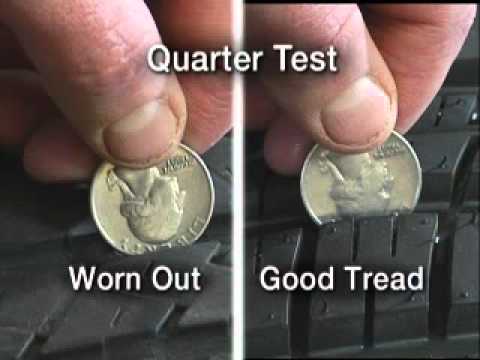
When winter strikes Colorado, so do the traffic headaches. No place is worse, many say, than I-70 during ski season. In response, The Colorado Department of Transportation has plows and crews at the ready. But the agency is also stepping up enforcement of laws -- like requiring chains under certain icy conditions. Here are a few can’t miss tips to make your trip to the slopes as safe as possible.
1: Know the law
CDOT says the two most important laws that help traffic keep flowing are the traction law and the chain law.
Under the traction law, "motorists will need to have either snow tires, tires with the mud/snow (M/S) designation, or a four-wheel drive vehicle — all tires must have a minimum one-eighth inch tread."
When the chain law is in effect, "every vehicle on the roadway is required to have chains or an alternative traction device (like AutoSock)." Failure to meet either requirement can lead to a basic fine of $130, and more than $650 if your vehicle is out of compliance and blocks the highway.
2: Check your tread

CDOT requires that all vehicles have tires with a minimum one-eighth inch tread when traction laws are in effect. An easy way to find out if your tires pass muster is the Quarter Test.
3: Know what those tire symbols mean
Depending on the traction law in effect, and your drivetrain -- front wheel, all wheel, four wheel drive -- what’s written on the sidewall of your tires is important.
Tires with “M+S” (can also be MS, M/S, M&S or written in any number of ways) on the sidewall show they're considered 'all-season' and approved for use in mud and snow. They’ll provide adequate traction in light snow.

If you see a snowflake symbol on your tires, they’re designed to provide an increased level of traction specifically in snow. Besides special snow tires, all tires with this or the M+S designation are approved for use during a Code 15.
4: Invest in chains or an auto sock
As mentioned above, when the going gets really tough, CDOT may require all vehicles to have special traction devices like tire chains or or something like an Auto Sock when driving along I-70.
To see what an Auto Sock looks like, check out the video at the bottom of this story.
5: Carry supplies in case your car becomes stuck
Here's what CDOT says should be in your car during winter months: "Blankets, water, a flashlight, a shovel, some nutrition bars or other food for sustenance. Winterize your vehicle's safety kit by including extra blankets, sand to help gain traction in the event you become stuck on ice or snow, jumper cables, an ice scraper and lock deicer."
6: Drive for the conditions
Just because you have a big SUV, or a smaller car, with four wheel drive, that doesn't mean you have four wheel stop. If conditions are icy and your tires aren’t up to snuff –when you encounter white-out conditions to boot -- you’re going to have a bad time when you apply the brakes. Slow down. Leave plenty of room in front of you.
7: Keep your gas tank at or above half full
CDOT says while having a full tank not only provides added weight during slick conditions, in the event you become stranded you’ll be able to keep the engine running to periodically keep yourself warm.








